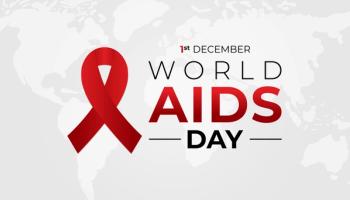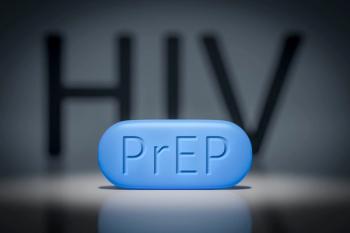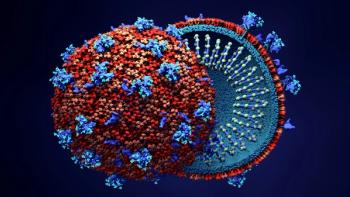
HIV and Cancer: More Research is Needed
A workshop of the International Agency for Research on Cancer looked at the gaps in knowledge of four different cancers associated with HIV: Kaposi sarcoma, cervical, lung and anal cancer.
People living with HIV (PLWH) are more susceptible to certain cancers because the human immunodeficiency virus weakens the immune system. The good news is that the widespread use of anti-retroviral therapies has lowered the cancer rates for these patients with HIV, especially in North America, Europe and other countries around the world. Rates of Kaposi sarcoma, a cancer of the skin, lymph nodes and organs that is associated with HIV, have declined as treatment options for HIV have increased. Rates of non-Hodgkin lymphoma and human papillomavirus (HPV)-related cancers among those with HIV have also decreased.
The bad news: cancer rates among those with HIV remain high in sub-Saharan Africa. Additionally, as treated patients become older, there is an increased risk of developing cancer. Smoking and opportunistic infections increase inflammation, which is associated with some cancer cancers, such as lung cancer.
Much is still unknown about cancer among those with HIV, and research is still needed, including on incidence and mortality of those with HIV and genetic studies of patients with HIV who have cancer, as well as health services research, according to a
“It is recognized that large disparities remain with respect to cancer in PLWH, including differences in disease burden, access to prevention and treatment, and outcomes, both across the world and within single countries,” the authors wrote. The lead author is Eric A. Engel, M.D., senior investigator, division of Cancer Epidemiology and Genetics at the National Cancer Institute, National Institutes of Health.
The workshop highlighted the state of four different cancers associated with HIV: Kaposi sarcoma (KS), cervical, lung and anal cancer. Most Kaposi sarcoma cases are in sub-Saharan Africa, where it is often late in the disease progression when diagnosed. In the paper, investigators say more research is needed diagnosis of Kaposi sarcoma in related to anti-retroviral therapies, loss of immunity to the KS-associated herpesvirus, where prevalence is high among children in sub-Saharan Africa and in men who have sex with men.
The prevalence of cervical cancer in women in sub-Saharan Africa is also high. People with HIV have a higher risk of cervical HPV, which can progress to cervical cancer. The authors note that HPV vaccination is a key focus of a World Health Organization (WHO) initiative, but there are gaps in access especially for girls who don’t attend school.
In the United States, prevalence of anal precancers, high-grade squamous intraepithelial lesions (HSIL) is high. The Anal Cancer HSIL Outcomes Research trial demonstrated that treating these lesions decreased the incidence of invasive anal cancer. But tests to screen for these lesions need improved specificity, the authors said. “Accurate biomarkers that can predict which individuals with HSIL are at highest risk of progression are needed,” they wrote.
Among people with HIV, lung cancer is high because of smoking, and smoking cessation is an important element of preventing lung cancer. But the authors point out that more needs to be done in terms of lung cancer screening.
Disparities for patients with HIV who have cancer exist, and this is driven by social and structural determinants of health, as well as HIV stigma and lack of training for oncologists. This results in poor outcomes and lowered survival.
Newsletter
Get the latest industry news, event updates, and more from Managed healthcare Executive.


















































